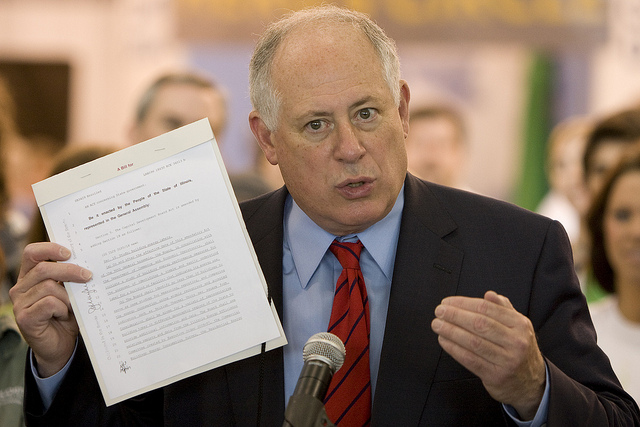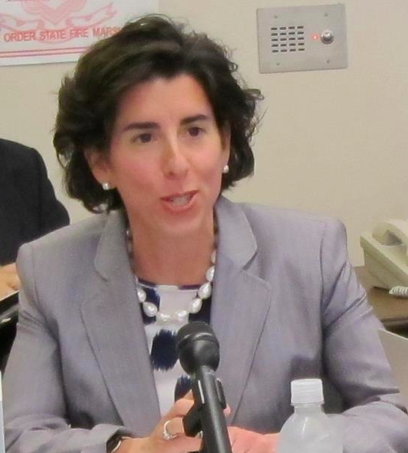CalPERS is not exiting commodities, a fund spokesman said this week, although it had slashed its commodities portfolio earlier this summer. CalPERS’ complete pullback from hedge funds made some observers wonder whether other allocation shifts were on the horizon.
But for now, the fund says its commodities investments will continue as planned. From Reuters:
The $300 billion Calpers…has maintained a portfolio of commodity futures tied to the S&P GSCI since 2008.
[…]
“This [hedge fund] decision does not impact … commodities, or any other program, at Calpers,” he said in an email, referring to Calper’s decision to pull out of hedge funds entirely.
Some of the hedge funds on Calpers list may have commodities exposure and dropping them could indirectly affect sentiment in the sector, investment advisers said.
[…]
The Calpers’ commodities portfolio has fluctuated in value since its 2008 inception, due to both the performance of the S&P GSCI and portfolio adjustments made by Calpers.
From $1.4 billion at end-June 2008, it plunged nearly 60 percent in value over the next year to around $600 million after the financial crisis. After rising to $700 million in 2010 as commodity markets rebounded from the crisis, the portfolio suddenly rocketed in value, reaching a high of $3.2 billion at end-June 2012, apparently from new money channeled by Calpers.
But as commodity markets struggled again in 2013 and Calpers realized little earnings from the investment, it slashed the portfolio, bringing it to $1.3 billion by June this year, a preliminary report for 2014 showed. Much of the funds were diverted to inflation-linked bonds, Calpers data showed.
Reports had surfaced back in August that CalPERS was seriously considering cutting back its commodities investments. The Wall Street Journal wrote:
One of the more-dramatic moves under consideration is a complete pullback from tradable indexes tied to energy, food, metals and other commodities, according to people familiar with the discussions. Calpers began making such investments in 2007 as a way of diversifying its portfolio…
[…]
The discussions are taking place between the fund’s interim Chief Investment Officer Ted Eliopoulos and Calpers’s other top investment executives. The Calpers board hasn’t yet been informed about any possible changes and no final decisions have been made, the people said.
Obviously, CalPERS never pulled the trigger on a commodities exit. But the fund has shown a willingness to quickly shift its investment policy and a preference for low-cost investments.










